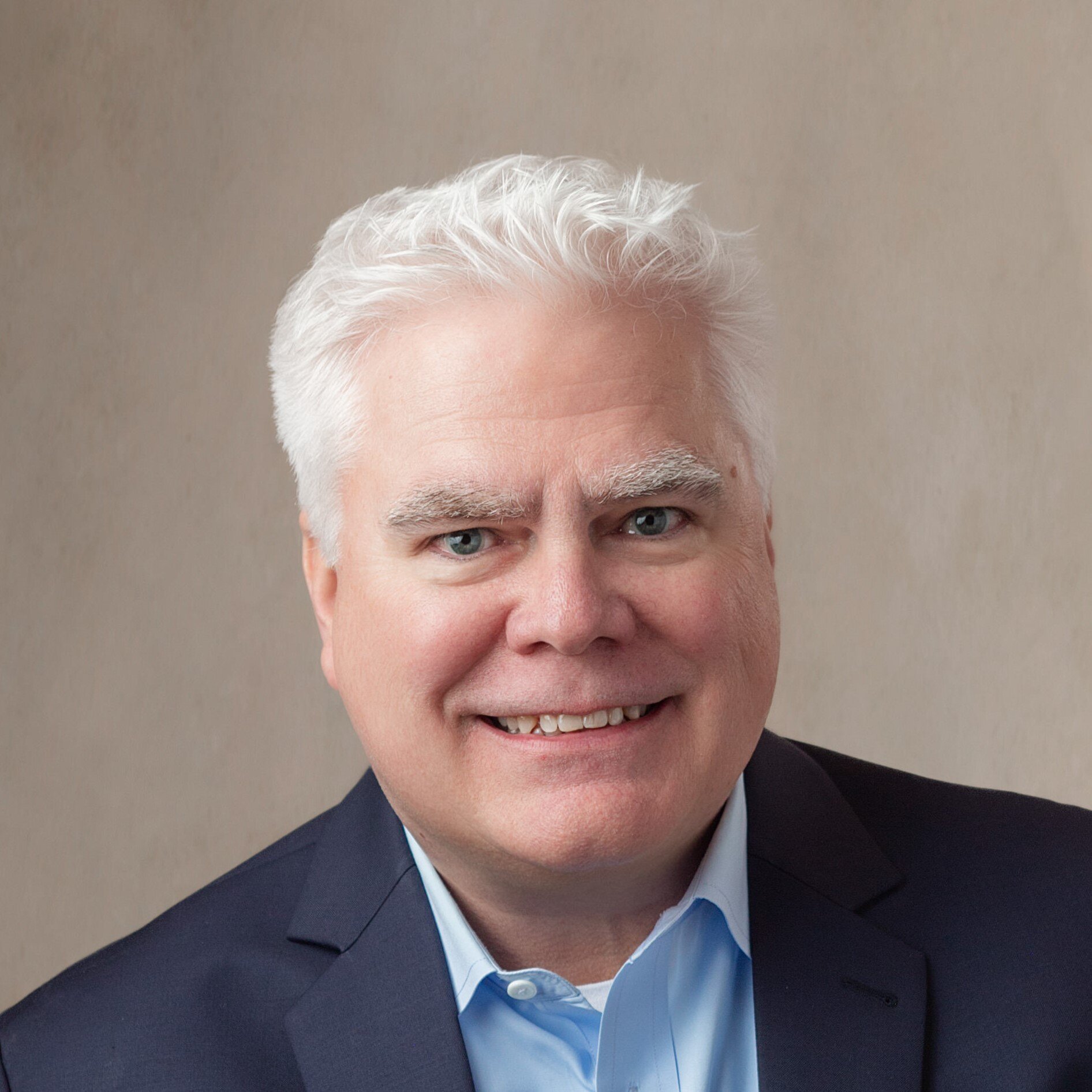Leaders planning the return to workplaces for employees who have been required to work from home (WFH) because of the COVID-19 pandemic, are finding they will need multiple working arrangements to keep their businesses thriving. Whether returning to the office all at once, in staggered shifts, using split schedules, or maintaining WFH for some or all, leaders will need to be flexible and adapt their behaviors and management skills to deal with the fusion of the unique cultures attributed to each of these ways of working. Complicating the situation further are the still-to-be-determined cultural norms for how to behave in a socially distanced work-world.
Whether returning to the office all at once, in staggered shifts, using split schedules, or maintaining WFH for some or all, leaders will need to be flexible and adapt their behaviors and management skills to deal with the fusion of the unique cultures attributed to each of these ways of working. Complicating the situation further are the still-to-be-determined cultural norms for how to behave in a socially distanced work-world.
Workplace Cultures Need Intentional Leadership
Let’s look at a company that describes its culture as high-performance, feedback-rich with transparent communication as an example. When leaders are working face-to-face, they set performance expectations and the employees hear the verbal direction and see the non-verbal cues as well. When clarification is needed, they stop by the office to ask questions. The opportunity to give or receive feedback is typically only a short walk away. Sharing the physical work environment primes leaders to leverage all kinds of feedback which takes many shapes and forms. It includes everything from those formal sit-down conversations, to catching performers in the moment to share praise, to working one-on-one with the individual to learn or advance a key skill. It also allows leaders to provide those nods, smiles, and other subtle forms of feedback that help leaders and performers maintain a constant exchange.
When working remotely or in a combination of work environments, maintaining high performance requires leaders to provide exceptional clarity about the desired accomplishments including establishing important milestones and sub-accomplishments because that ease of communication in the office no longer exists. When people are working from home, sharing time and space with family members who are also working or home-schooling, their early morning or late evening work schedules may not be conducive to asking questions during the boss’ work hours. Leaders’ ability to provide that clear direction about the end results they are expecting and providing pinpointed feedback about what is and isn’t working well at key milestones will determine how well their employees will deliver expected outcomes.
While we have been working remotely for multiple weeks and still have many more iterations to the way we work to come, one thing that hasn’t changed is employees’ perceptions of their managers’ leadership practices and behaviors and the work culture they have created. As leaders, perhaps the greatest risk is that “we don’t know what we don’t know.” We often have the best intentions in our actions, but they do not always have the intended impact. At other times, our actions can have a very positive impact, but we are unaware of that or the extent to which that impact is appreciated. Understanding where blind spots are and where you, as a leader, are doing a good job will help you lead through these uncertain times more adeptly and create/maintain the culture you want, and your organization needs to be flexible and successful.
Understand Leadership Blind Spots to Enable a Fusion of Cultures
For over 15 years ALULA has gathered research regarding observations of leadership practices, from leaders and their teams. In an analysis conducted on a database of approximately 10,000 responses to highlight where leaders experience blind spots based on how their managers, peers and direct reports perceive their leadership behaviors, the findings showed:
1) Leaders tend to rate themselves higher than their managers, peers and direct reports on these items (meaning leaders thought they were doing better than others thought they were):
- Ensures that his/her work group has measurements that are helpful and consistent with what needs to be done
- Demonstrates commitment to developing his/her own technical and work management skills
- Demonstrates collaboration between self and others
- Promotes collaboration among others with the team
- Demonstrates high levels of honesty and integrity
- Addresses mistakes and problems as opportunities for learning
- Ensures that the work group has timely, data-based performance feedback
- Holds self accountable for achieving superior results
- Holds self accountable for achieving a positive work environment
- Asks about me and how I am doing
- When problems occur looks at his/her role and responsibility first, rather than blaming others
- Ensures alignment between consequences we experience and the priorities that have been stated
2) Leaders tend to rate themselves lower than their managers, peers and direct reports on these items (meaning that others thought leaders were doing better than leaders themselves thought):
- Would you recommend this organization to a friend or colleague as a place to work?
- Do you feel this organization deserves your full commitment?
- Has this organization improved in the last six months?
- Would you recommend this person to a friend or colleague as a person to work for?
- Do you think this person’s work unit(s) demonstrates a passionate, collaborative desire to excel?
- Have you had positive interactions with this individual in the last 1 – 3 moths?
As you reflect on these typical blind spots, try to identify where you may have created gaps, intentional or not, in the cultural experience you and your employees want and need. Stay intentional about your leadership style and take time to discover the unique and valuable ways to use tried and true leadership skills as well as the new behaviors needed to achieve results the right way in this new post-pandemic era workplace. It will help you navigate, support, and enable this fusion of cultures and be the leader you desire.
















Conversation